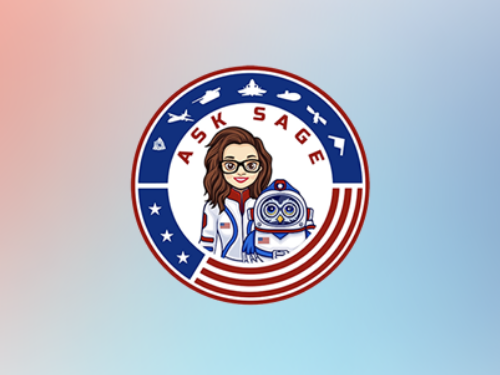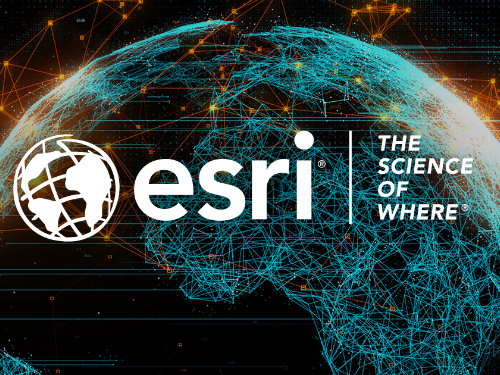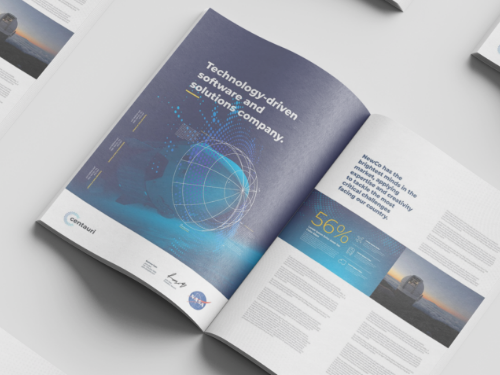The relatively rapid ascension of AI companies selling into the U.S. public sector, including Palantir, Shield AI, and Anduril speaks to a new reality. This isn’t to say that Palantir is new to the market – they’ve been around for two decades – but its brand awareness has been turbocharged by a number of factors the past several months.
The new Administration and the transitioning generation of contract vehicle decision makers are no longer flocking to the biggest names by default. They are looking for AI providers able to prove they can deliver, innovate with impact, and support the mission.
For AI startups and fast-growth firms, this represents a unique but not indefinite opportunity to accelerate growth for their public sector business.
With greater opportunity comes greater competition. The GenAI boom has created both excitement and skepticism across government sectors. Agencies are inundated with promises from AI vendors to deliver disruptive transformation, which risks diluting brand credibility for the entire segment. In this noisy environment, startups must not only be credible, but also visible and clearly differentiated to avoid being lost in the shuffle.
A deliberate PR strategy—sequenced around real validation milestones—can shorten that credibility curve and help a young AI brand rise above the noise from RFI to award.
To examine how a newer AI entrant can establish bona fides with a government audience, we’ll look at recent outcomes from Bluetext’s PR process, share a successful B2G Gen AI client project, and take-aways any GenAI startup can adopt.
Bridging the Credibility Gap Facing AI Startups
Federal decision-makers are skeptical of inflated AI claims, and amid a flood of new entrants and overhyped promises, it’s harder than ever for startups to stand out. The market is saturated not just with vendors, but with overlapping technologies that make it difficult for evaluators to separate truly differentiated capabilities from generic buzzwords.
As a result, agencies often default to vendors that can show IL4/IL5 or FedRAMP High status right out of the gate—objective signs of readiness that cut through the noise.
Multi-stakeholder buying units (CIO, CISO, PMO, end-user lead) create a “trust bottleneck”—one skeptic can stall an entire procurement.
Lengthy accreditation timelines mean younger firms often hit cash-flow turbulence before their first task order, making continuity risk a hidden evaluation factor.
So how does a new AI vendor shift from unknown to trusted? The answer lies in a deliberate communications strategy that builds visibility and credibility at every stage of the government buyer journey. One example of this approach in action is Bluetext’s work with a Gen AI startup that was less than two years old at time of engagement: Ask Sage.

Bluetext’s Approach to Breaking Through and Earning Trust
Ask Sage was still new in the market—even with a well-known founder—so the team needed visibility in trusted defense-tech outlets to open doors with contracting officers and integrators.
Striking a balance between one major announcement and a scattershot approach, Bluetext mapped out a rolling sequence of milestones—each one referencing the credibility earned from the last—and calendared outreach in 4- to 6-week increments so momentum never stalled. This deliberate drumbeat keeps earlier wins in view while layering fresh proof points, steadily deepening trust with agency evaluators.
Key Milestones:
- DoD IL5 Authorization – Became the first generative-AI platform to reach IL5, paving the way for secure adoption across the Department of Defense and its industrial base.
- U.S. Army cARMY Deployment – Announced the Army’s initial rollout of the startup’s solution on the cARMY cloud, highlighting accelerated software, acquisition, and cyber workflows at IL5.
- Series A Funding – Bluetext supported a Series A raise that underscored market confidence and enabled product expansion for public-sector customers.
Media Coverage Highlights: DefenseScoop, Federal News Network, AFCEA Signal, Breaking Defense, Defense News, and FedWeek covered the technical milestones, while Washington Business Journal, WSJ Pro VC, Fortune Term Sheet, and Potomac Tech Wire reported on the funding news.
Consistent trade-press visibility around each milestone gradually strengthened credibility with agency stakeholders and partners, positioning the startup for continued pipeline growth.

Actionable Tactics AI Startups Can Apply Today
- Build a “Trust Timeline” deck that aligns accreditation goals with key events — moments likely to drive spikes in media attention, such as budget hearings or major conferences. Share this timeline internally across teams to keep messaging aligned and timed for maximum exposure. This helps ensure that every milestone is leveraged at the moment when government buyers are most attuned to new solutions.
- Pair press releases with thought leadership pieces that contextualize why the milestone matters for agency outcomes. By coupling news with perspective, startups can add a human voice to their achievements and explain the downstream impact on mission execution. This anticipates stakeholder concerns and builds narrative continuity from one announcement to the next.
- Share milestone collateral with reseller and integrator partners so they can amplify your story in their updates and proposal volumes. While the integrator role is evolving post-DOGE, they still play a key role in shaping how new tech is perceived by agencies, and aligned messaging helps reinforce your credibility through their trusted channels. This tactic turns partners into amplifiers, extending your visibility even in closed-door evaluation environments.
- Track Share of Voice quarterly against three closest primes, and use gaps to inform the next proof-point you must surface. Understanding where your voice is absent—whether in key outlets, industry narratives, or buyer conversations—helps prioritize the next move. Strategic PR fills those whitespace opportunities with proof that counters doubt and strengthens your brand’s position.
Government stakeholders scrutinize AI vendors more closely than ever, so verified accreditations and real-world results carry far more weight than bold promises. Sequence key proof points and deliver them through the outlets your buyers trust, and you can position your startup on the shortlist well before an RFP is released.
Ready to map your own milestone-driven communications plan? Contact Bluetext to get started.




